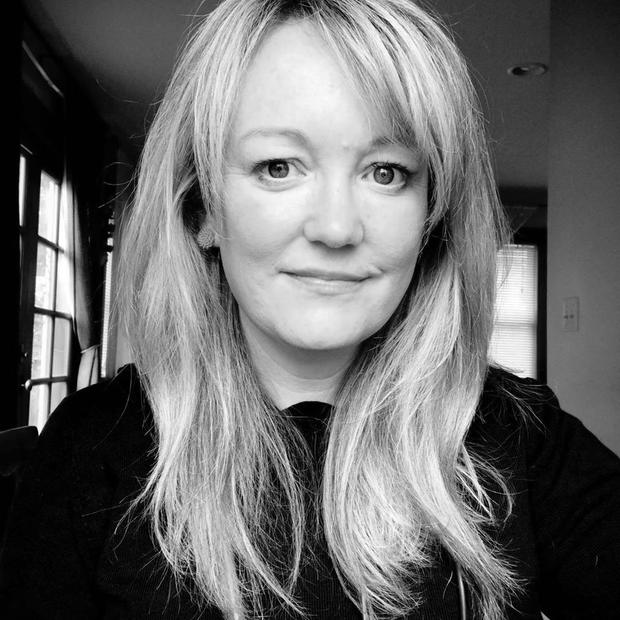There are 22 students in my cohort, and we were all excited to don scrubs and get started. On day one, a few weeks ago, I observed a C-section, standing by in case the baby had respiratory distress. But he soon announced his healthy lungs with a loud, vigorous cry — to smiles all around. During the rest of the day I went around knocking on patients’ doors: “Hello! It’s Amber from respiratory! I’m here to give you a breathing treatment.” After that I’d fill out charts and periodically check in with my clinical instructor. The day was pretty much exactly as I’d envisioned.
My next day was not. When I arrived to the hospital at 5:30 a.m., I immediately noticed the acrid scent of disinfectant. At report, I learned our first SARS-CoV-2 positive patient had been admitted, and eight other patients had been tested and were awaiting results. The severity of what was unfolding grew starker when, toward evening, I observed a patient in his 20s being admitted into the intensive care unit with pneumonia. The routine swabs for influenza or other common viruses were all negative. So we tested for SARS-CoV-2, the virus that causes COVID-19.
The next morning I gathered with others in an area looking on to his isolation room. We were awaiting the test results. I couldn’t take my eyes off his face. His breathing was painfully labored, and I watched as his eyes darted around the room. I knew what he was thinking, because I was thinking it, too.
The test confirmed our fears. He had COVID-19.
That night, when I had a few moments to sit with my thoughts, I cried. I really, really cried. I couldn’t stop thinking about him and the other COVID-19 patients, lying in their rooms alone and scared.
Hearing this story, friends have asked if I regret my career choice. The answer is no. This crisis only increases my resolve, especially knowing that, while the country is short on ventilators, it’s also short on the trained professionals — respiratory therapists — who know how to operate them. Because of people like me, that young man and others with this terrible illness will not be alone. We will be there beside them, dressed like astronauts (assuming the necessary protective gear is available), but still making human contact and offering some comfort.
I’ve talked with classmates in my respiratory therapy cohort, and they feel the same. But here’s where the story twists: Some may struggle to continue in the program.
When you were in college, you probably didn’t work at the job you were training for. The same is true for us. We work restaurant jobs. We drive for Uber. We’re professional dog walkers.
In other words, we have the kinds of jobs that have vanished in recent weeks. A week or so ago, six of my 22 colleagues lost their jobs — all on the same day. I’ve heard of nursing students in similar straits, including one with two kids and a wife who’s eight months pregnant. He has no idea how he’s going to pay his rent.
I’m struck by how many of the essential workers keeping our city and country functional are people who went to places like the Seattle colleges, not just in health care but fields like diesel-engine repair, maintaining the big rigs full of food and toilet paper. Or doing the jobs of carpenters, or electricians, or chefs.
To me it’s misguided to short circuit educations like these, not only because people should be able to realize their dreams, but because of the vital part these skills play in our community’s strength and resilience. Furthermore, when I look around at my classmates, I see faces of color, faces of immigrants and refugees, faces of many first-generation college students. If social equity matters, we should all want them to succeed.
It’s good news that the federal government has sent some relief to our community. But I worry it won’t be sufficient, that many of the vanished jobs won’t come back and that many students will struggle to make ends meet and stay in school. The Seattle Colleges Foundation is among those collecting money to help more students survive the storm. Think about helping if you can.
Finally, maybe you’re wondering about that young man with COVID-19? He had a tremendously rough two weeks. But he’s OK.



